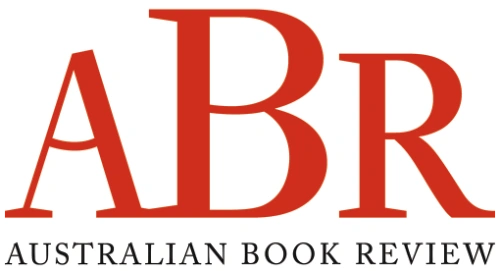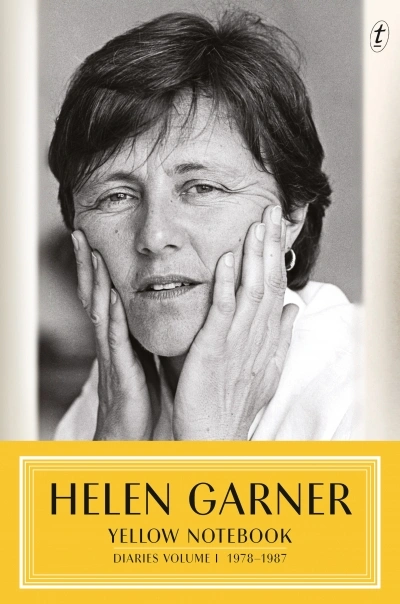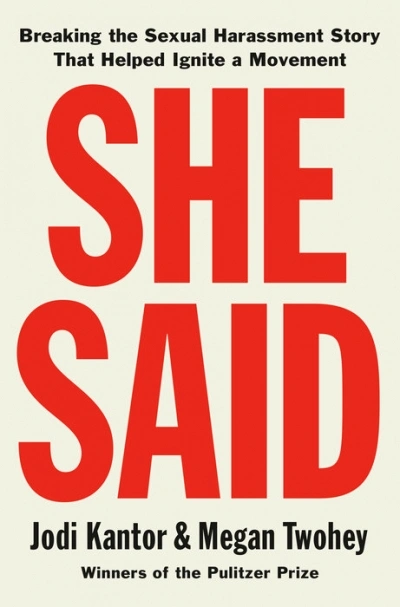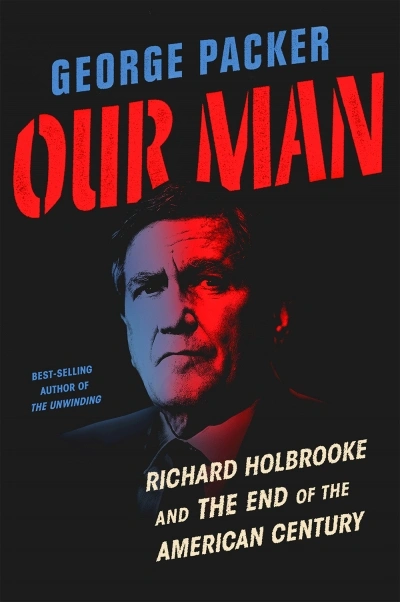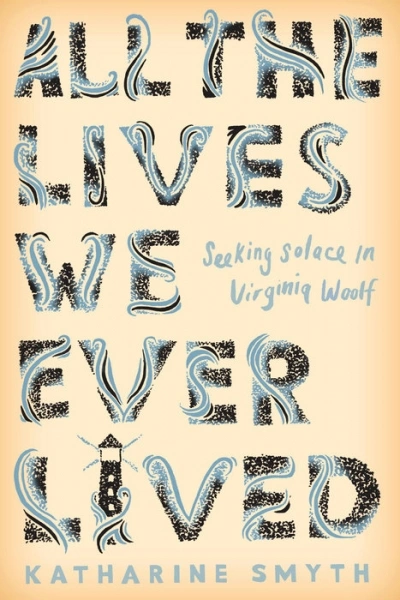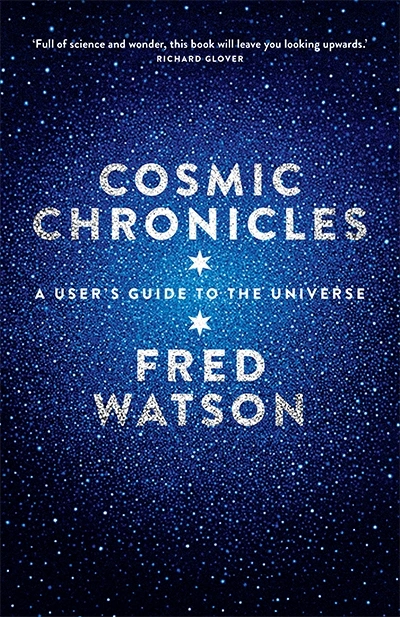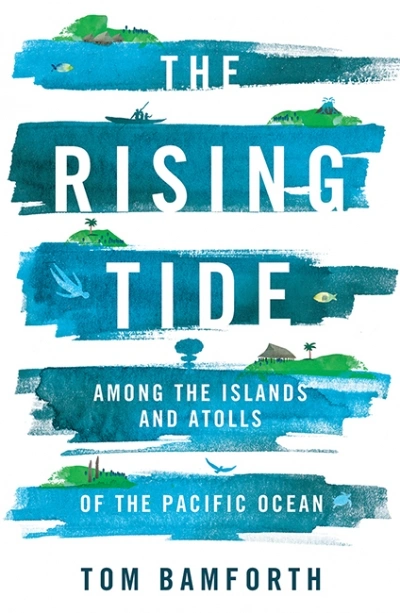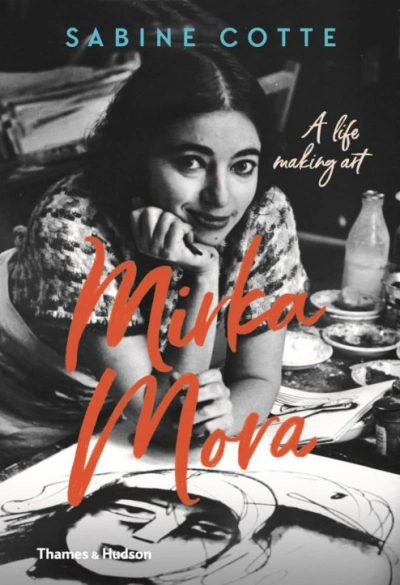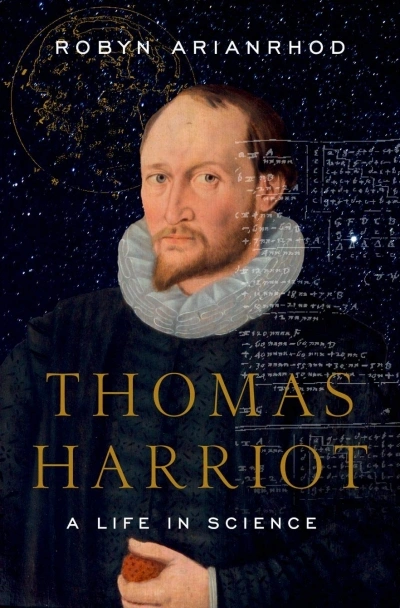Non Fiction
Yellow Notebook: Diaries, Volume I, 1978–1987 by Helen Garner
by Peter Rose •
She Said by Jodi Kantor and Megan Twohey & The Education of Brett Kavanaugh by Robin Pogrebin and Kate Kelly
by Zora Simic •
Our Man: Richard Holbrooke and the end of the American century by George Packer
by Benjamin Madden •
All the Lives We Ever Lived: Seeking solace in Virginia Woolf by Katharine Smyth
by Ann-Marie Priest •
Mandatory Murder: A true history of homicide and injustice in an outback town by Steven Schubert
by Russell Marks •
Cosmic Chronicles: A user’s guide to the universe by Fred Watson
by Robyn Williams •
The Rising Tide: Among the islands and atolls of the Pacific Ocean by Tom Bamforth
by Ceridwen Spark •
